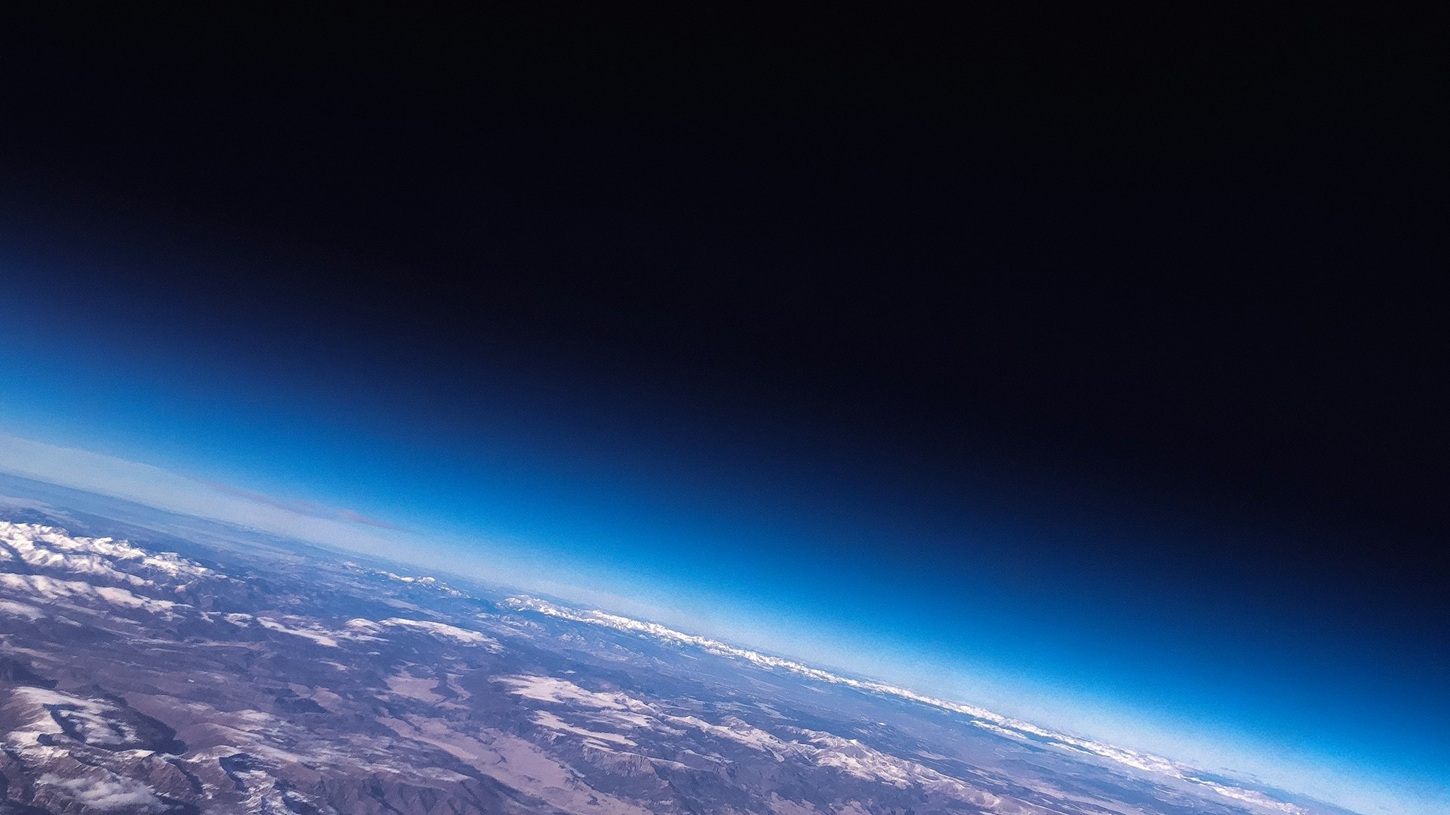For the first time, researchers have simulated all stages of runaway global warming, and found that it could turn our green planet into an uninhabitable ‘hell’ in the coming centuries.
It initiates irreversible processes
According to NASA, Earth would only need to warm by a few tens of degrees for “runaway global warming” to begin, creating an environment as inhospitable as Venus, which has an average surface temperature of about 464 degrees Celsius. This was announced by the Geneva Group (UNIGE) with the support of the French CNRS laboratories in Paris and Bordeaux
They were the first to simulate all stages of global warming.
But first, let’s clarify: what does the greenhouse effect mean? It is the process in which the planet’s atmosphere traps part of the heat absorbed from the sun’s rays, and thus the temperature near the Earth’s surface and in the lower layers of the atmosphere is higher. In other words, some gases in Earth’s atmosphere trap the sun’s heat.
Some greenhouse gases, such as water vapor, are also found in nature. Other species, such as carbon dioxide, can also be produced when humans burn polluting fossil fuels such as coal, oil and gas. Therefore, global warming results from the presence of some greenhouse gases in the atmosphere.
The runaway greenhouse effect examined in the UNIGE-CNRS study occurs when solar radiation increases, leading to a significant snowball-like increase in the planet’s temperature.
The structure of the atmosphere and cloud cover undergoes significant changes from the first stage of the process The experts said Science Alert Online scientific portal. -This leads to global warming that is almost unstoppable and very difficult to reverse.
The idea of a runaway greenhouse effect
Part of the goal of the research was to provide a way to study the climates of other planets, especially so-called exoplanets orbiting stars other than the Sun, and to help determine whether such planets are suitable for hosting life. In addition, however
It also provides insight into the risks to Earth’s climate in the coming centuries.
Scientists also highlighted the difference between Earth as a brilliant blue-green dot covered in oceans and life, and Venus as a sterile, sulfurous planet (the hottest planet in our solar system).

the Astronomy and astrophysics However, a study published in the journal found that “a very small increase in solar radiation – a rise in global global temperature of just a few tens of degrees – would be enough to destroy the Earth.” “This absolutely irreversible process will begin on Earth, which will cause our planet to become as unfriendly as Venus.”However, the idea of unleashing global warming is not new: under it the planet could go from a temperate, Earth-like state to one in which the surface temperature exceeds 1,000 degrees Celsius.
Although it sounds scary, the greenhouse effect is only marginally beneficial, researchers say, because without it the Earth’s average temperature would be below freezing and the globe would be covered in ice and uninhabitable.
Critical thresholds
However, much of the effect leads to increased evaporation from the oceans, which increases the amount of water vapor (a natural greenhouse gas) in the atmosphere that traps heat as an emergency blanket.
The amount of water vapor has a critical limit beyond which the planet cannot cool noted Guillaume Chaverot, former postdoctoral fellow at UNIGE and lead author of the study. “From then on, everything flies away until the oceans completely evaporate and the temperature reaches hundreds of degrees.”

While previous simulations focused only on the moderate state before launch impact or the uninhabitable state after launch, the current study is the first to simulate the entire process. Presenting this has made it possible to clarify this
A very specific, dense cloud pattern appears in the upper atmosphere from the beginning, enhancing the effect of the launch and making the process irreversible.
The structure of the atmosphere has changed profoundly.
Scientists are now investigating whether man-made greenhouse gases could trigger the same runaway process as a slight increase in the sun’s brightness.
Meanwhile, climate scientists warn that if the Earth’s average temperature rises by more than 1.5°C compared to pre-industrial levels, we risk creating uncontrollable climate change. Although it is nothing like the runaway global warming it is now designed to be, experts have warned that Earth may not be far from an “apocalyptic scenario”.












































